20+ Years Experience
Specialist Education Providers

Natural playgrounds provide children with a unique and enriching play experience that is deeply connected to nature.
These outdoor play spaces offer a multitude of benefits for children, making them an increasingly popular option for parents and educators. In this article, we will explore the benefits of natural playgrounds and why kids are drawn to playing in nature.
Outdoor play is crucial for children’s overall development, and natural playgrounds provide the perfect environment for exploration and discovery.
The concept and design of natural playgrounds focus on incorporating elements from the natural environment, such as trees, rocks, and water, to create a stimulating and engaging play space.
This design approach helps enhance children’s imagination and creativity as they interact with natural materials and surroundings.
Natural playgrounds promote physical activity and exercise, as children engage in active play, climb trees, balance on rocks, and run on uneven terrain. These activities help children develop their motor skills, coordination, and physical fitness.
Natural playgrounds offer opportunities for cognitive and problem-solving skills development as children navigate their way through natural features, make decisions, and overcome challenges.
One of the key benefits of natural playgrounds is the encouragement of social interaction and communication. Children learn to cooperate, negotiate, and communicate with their peers as they engage in imaginative and cooperative play in natural settings.
Furthermore, these playgrounds allow children to develop a connection with nature and foster environmental awareness from a young age, instilling a sense of responsibility and appreciation for the natural world.
Creating and maintaining a natural playground involves various considerations. Landscaping with natural elements, incorporating natural features and materials, and striking a balance between risk and safety are important factors to consider.
Engaging the community and stakeholders in the planning and implementation process also plays a vital role in the success of a natural playground.
Natural playgrounds have numerous benefits for children’s development, both physically and mentally. They promote physical fitness, coordination, and strength through unstructured play.
Additionally, playing in nature enhances cognitive skills, creativity, problem-solving abilities, and resilience. Being surrounded by natural elements also reduces stress, increases happiness, and fosters a sense of connection with the environment.
Natural playgrounds encourage cooperation, communication, and teamwork among children, aiding in the development of social skills.
To create a similar environment at home, you can incorporate elements like sand, rocks, logs, and plants in your backyard or visit local parks with natural play areas.
If you would like to find out more about how our team of specialists can help with your playground design, please get in touch!
Discover the enchantment behind children’s enduring affection for playing in nature. Natural playgrounds are not only captivating but also offer a multitude of benefits.
They enhance imagination and creativity, promote physical activity and exercise, and contribute to the development of important cognitive and problem-solving skills.
Moreover, these natural spaces foster social interaction, communication, and a profound connection with nature, nurturing environmental awareness in children. Join us as we explore how playing in nature enriches the lives of children.
Outdoor play is vital for the development and well-being of children. It offers numerous benefits that promote their physical, cognitive, and social-emotional growth.
Encouraging and facilitating outdoor play is essential for children’s overall development and should be prioritised in their daily routines.
The concept and design of natural playgrounds focus on creating play spaces that are inspired by nature and encourage children to engage with their environment. Here are some key features of the concept and design of natural playgrounds:
Encouraging children’s imagination and creativity is a key benefit of natural playgrounds. These outdoor spaces provide a variety of elements that stimulate imaginative play and allow children to express their creativity.
Features like natural materials, open spaces, and diverse landscapes provide endless opportunities for children to explore, create, and pretend.
Promoting physical activity and exercise is a key benefit of natural playgrounds for children. These play spaces offer opportunities for children to engage in active play and movement, which is vital for their physical development.
Research shows that children who engage in regular physical activity have improved cardiovascular fitness, stronger muscles and bones, and lower risks of obesity and chronic diseases later in life.
Developing cognitive and problem-solving skills is essential for children’s growth and development.
Natural playgrounds offer an ideal environment for enhancing these skills in a fun and interactive way. Here are some steps to develop cognitive and problem-solving skills in natural playgrounds:
By following these steps, natural playgrounds can contribute to the holistic development of children, cultivating their cognitive and problem-solving skills.
Encouraging social interaction and communication is a key benefit of natural playgrounds for children.
These outdoor play spaces provide opportunities for children to interact with their peers, develop social skills, and foster collaboration. Here are some ways natural playgrounds encourage social interaction and communication:
Connecting with nature and developing environmental awareness are important benefits of natural playgrounds for children. This connection helps foster a deep appreciation for the natural world and a desire to protect it.
Discover how to create and maintain a captivating natural playground that will capture children’s imaginations. Learn the art of crafting an immersive play environment by landscaping with natural elements and incorporating unique materials.
Creating natural playgrounds involves carefully landscaping with natural elements to enhance the play experience and connect children with nature. Landscaping with natural elements is a crucial aspect of creating natural playgrounds.
It includes various elements such as incorporating trees and plants, adding rocks and boulders, introducing natural water features, and using natural materials.
Incorporating trees and plants is important as it provides shade, creates a sense of adventure, and fosters a closer connection to the natural environment.
Rocks and boulders can be used for climbing, hopping, and balancing, offering a natural and challenging play element.
Introducing natural water features like streams, ponds, or waterfalls provides opportunities for sensory exploration and imaginative play.
Using natural materials like logs, stumps, and branches encourages creative play, such as building forts and creating natural seating areas.
By landscaping with these natural elements, children are provided with a play environment that sparks their imagination, encourages physical activity, and fosters a deeper appreciation for the natural world.
Incorporating natural features and materials is crucial when creating a captivating and stimulating natural playground for children. Here are some ways to achieve this:
By incorporating natural features and materials, children can have an immersive and enriching experience while connecting with nature and promoting their physical, cognitive, and social development.
When creating a natural playground, it is crucial to balance risk and safety in order to ensure the well-being of children while still providing opportunities for exploration and learning.
By striking a balance between risk and safety, natural playgrounds can offer children an enriching and stimulating environment while promoting their overall development and well-being.
Engaging the community and stakeholders is essential when creating and maintaining a natural playground.
By involving them in the process, you can ensure support, gather input, and encourage investment. Here are a few ways to engage the community and stakeholders in the development of a natural playground:
Engaging the community and stakeholders not only strengthens the project but also fosters a sense of ownership and pride in the natural playground.
Nature playgrounds combine elements of the natural world with play features that appeal to kids. They incorporate water and sand features, mulch, logs, native plants, rocks, and more.
Kids love playing in nature playgrounds because they allow for collaborative and cooperative play, offer rich sensory experiences, appeal to a wide range of ages, provide increased opportunities for learning and imaginative play, and foster a love of nature.
Nature playgrounds offer several advantages over traditional playgrounds.
They provide more opportunities for collaborative and cooperative play, offer rich sensory experiences and maximum effort opportunities, appeal to a wider range of ages, increase learning through problem-solving and experimentation, and offer a wide range of pretend play possibilities compared to traditional playgrounds focused on gross motor development.
Natural playgrounds are safer and healthier than traditional playgrounds constructed using factory-made materials. Natural playgrounds utilise natural and recycled materials, minimizing the use of harmful substances.
Additionally, natural playgrounds are designed to preserve and stimulate the natural habitat by including elements like flowers, plants, and animal-friendly habitats.
Natural playgrounds benefit a child’s development in various ways. They stimulate children’s imaginations, boost their energy levels, and increase playtime.
Natural playgrounds also promote active play, teach children to care for the environment and appreciate nature, provide more opportunities for interactive play and exploration, and create a social environment that encourages the development of collaborative and cooperative skills.
Integrating nature into commercial playground equipment offers several unique benefits.
It allows for personal interpretation and creativity, promotes better creative play experiences, encourages active play and exploration, creates a social environment for children to interact and develop social skills, increases learning about nature, promotes a more active lifestyle and better fitness levels, and fosters a love and respect for the environment.
Playing in nature has a positive impact on children’s mental well-being. It provides stimulating and open-ended play experiences, relieving stress and fostering focus.
Playing in nature also allows children to explore the natural world, which can make them more curious and encourage them to be more intelligent in unique ways.
It also helps children build lasting relationships and develop a love for the environment.




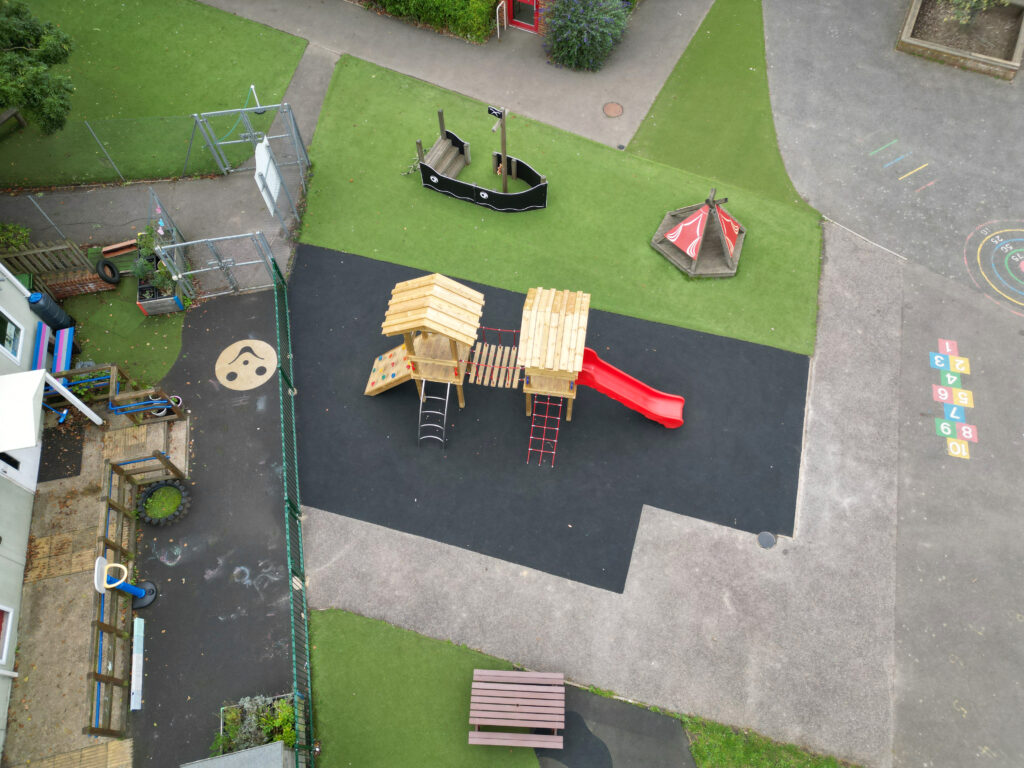

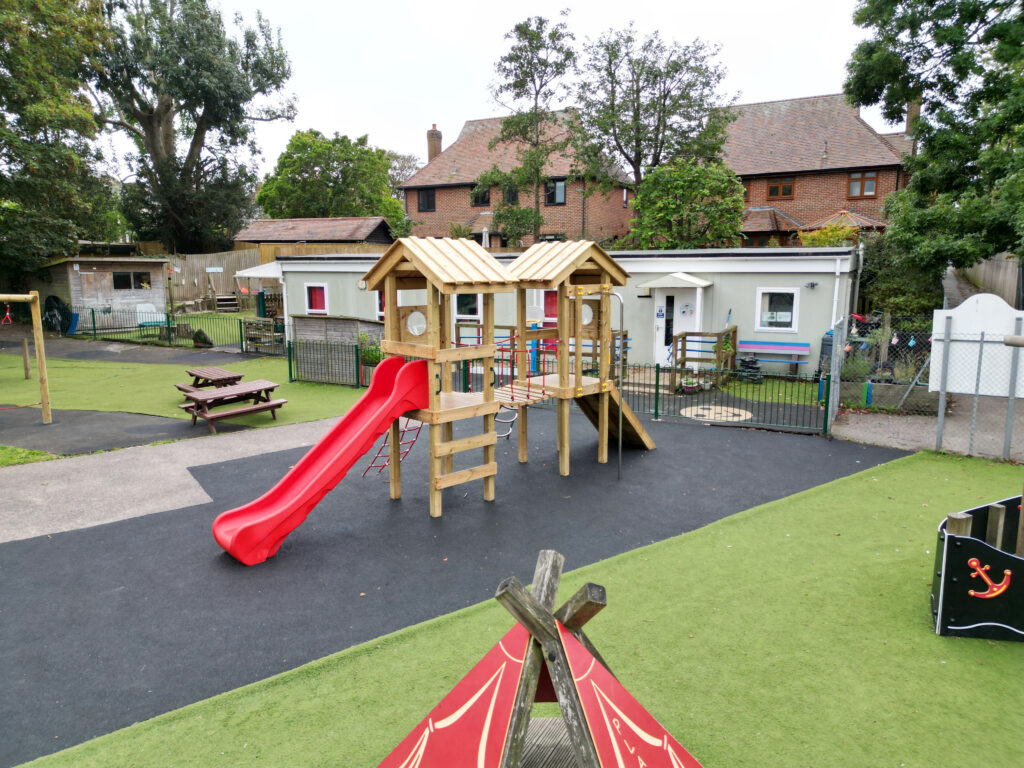
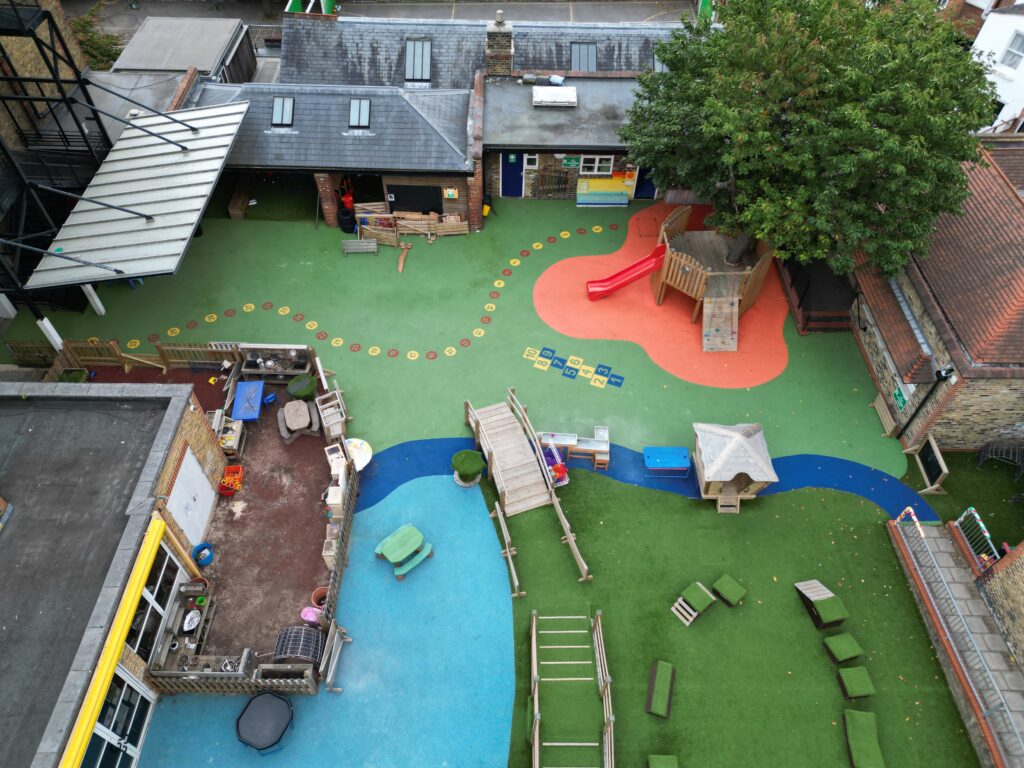






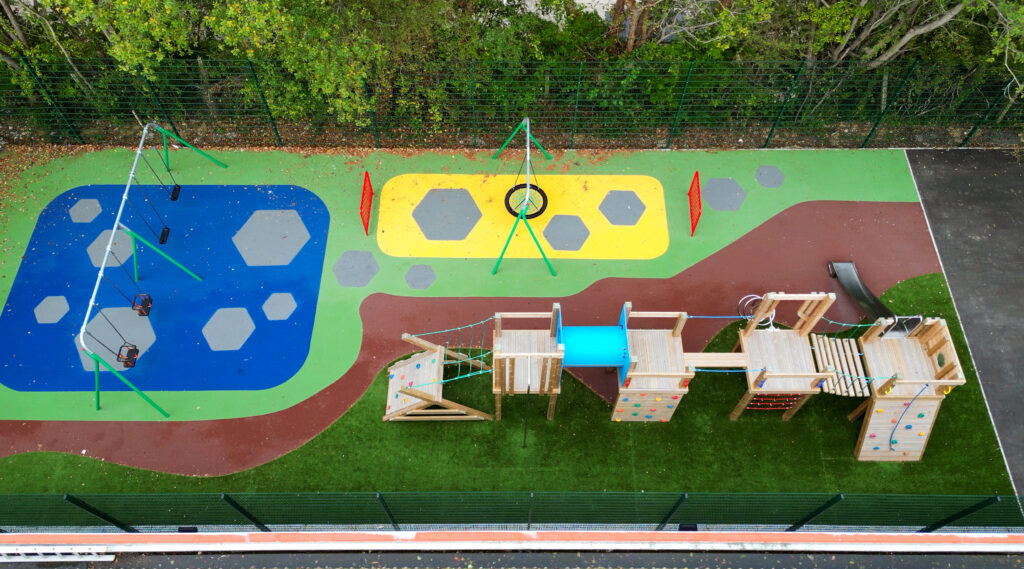










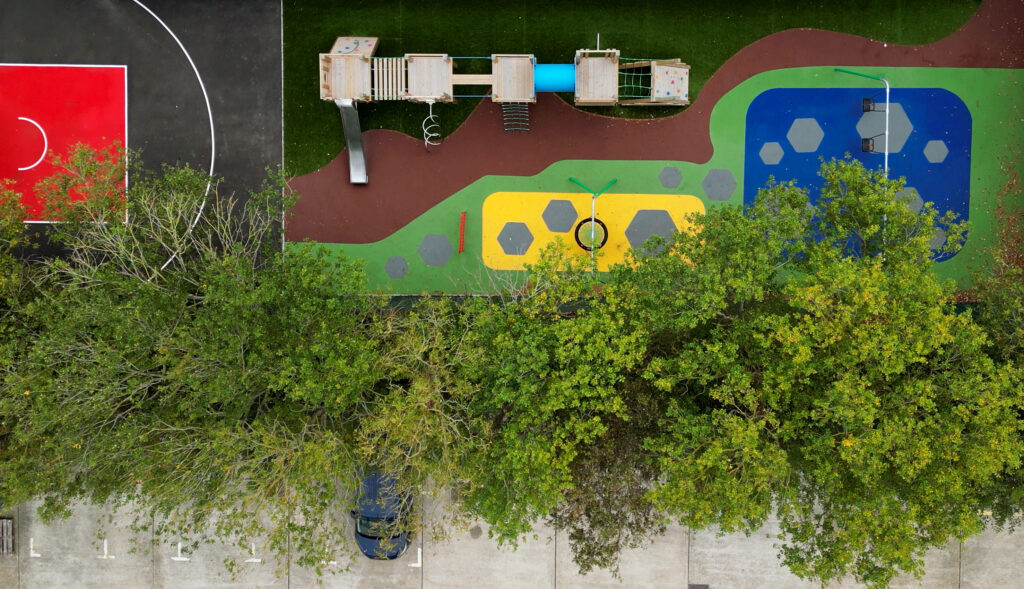









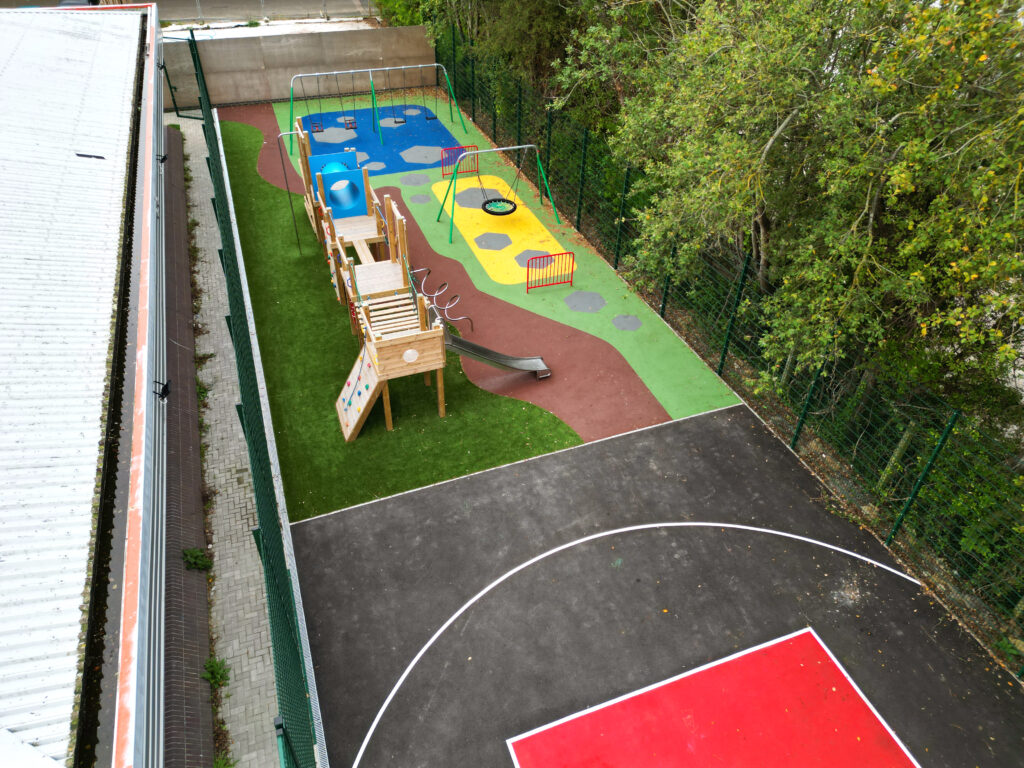



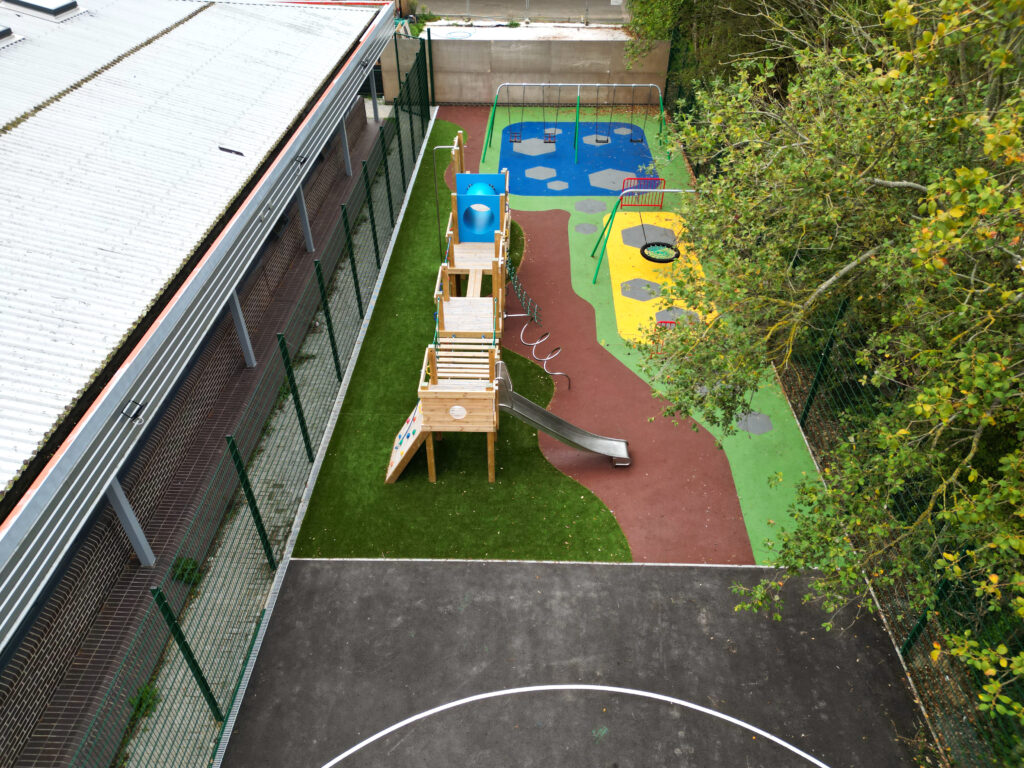







We Aim To Reply To All Enquiries With-in 24-Hours